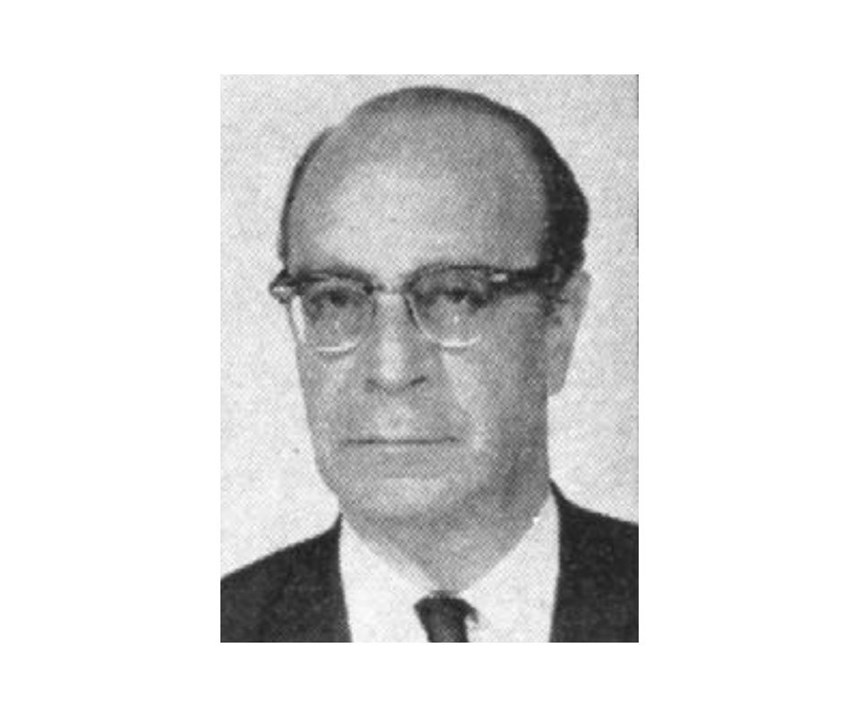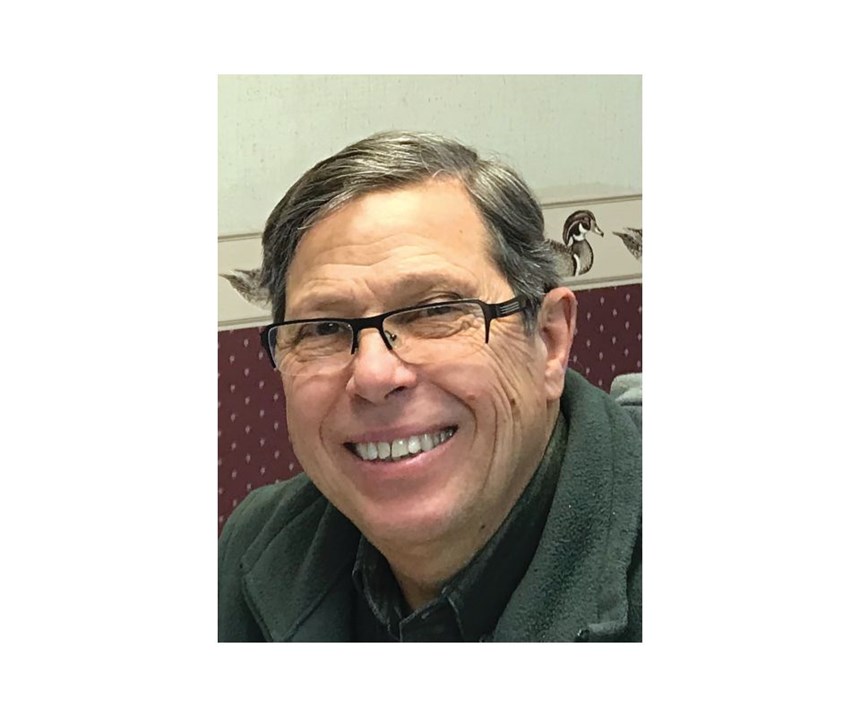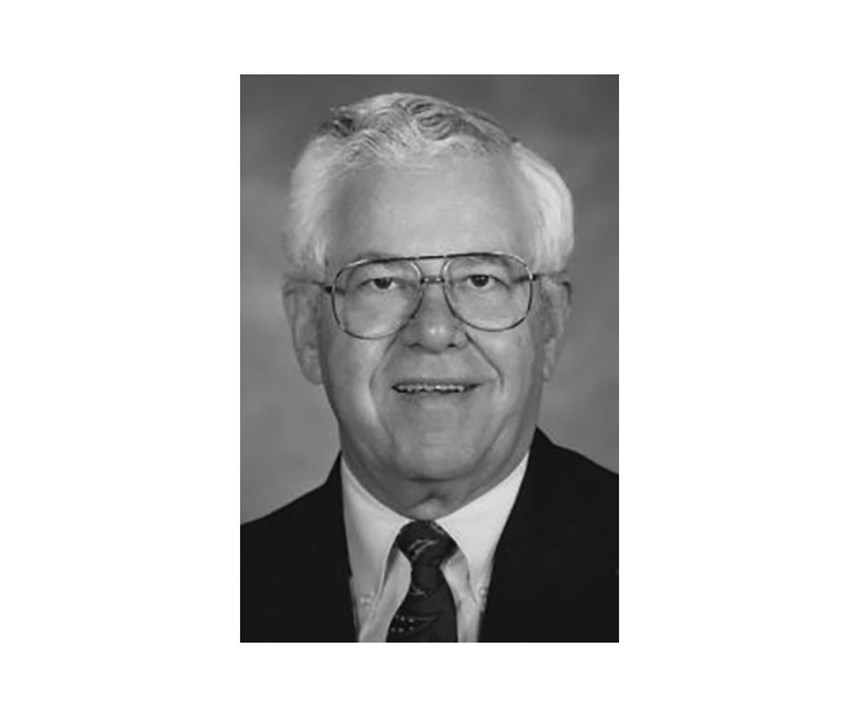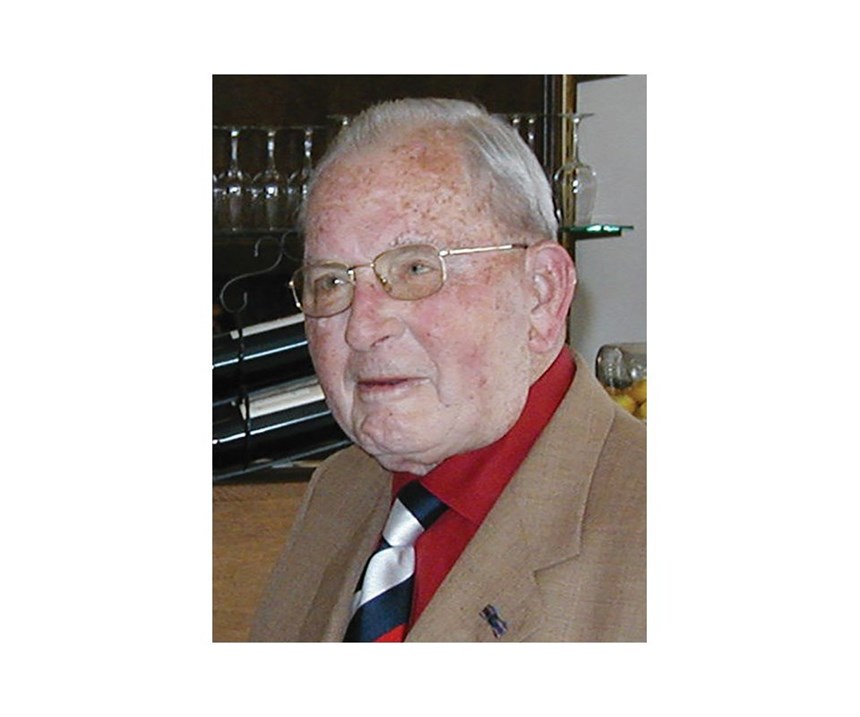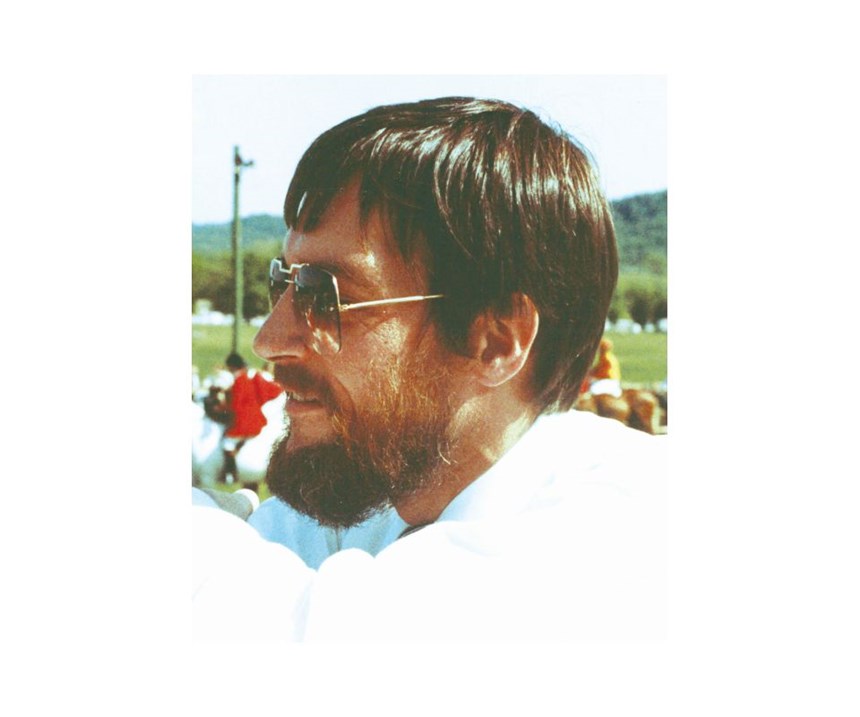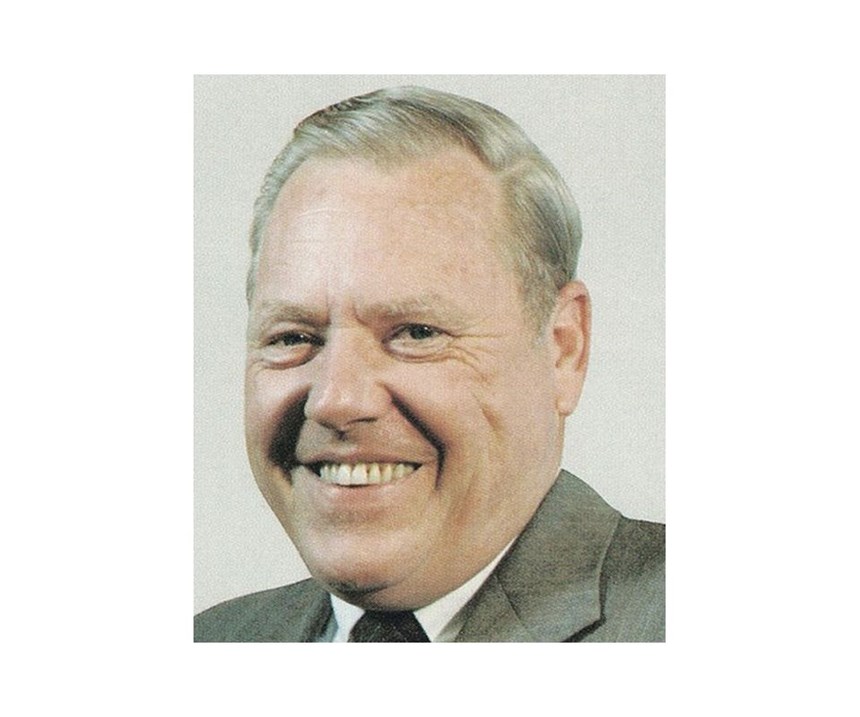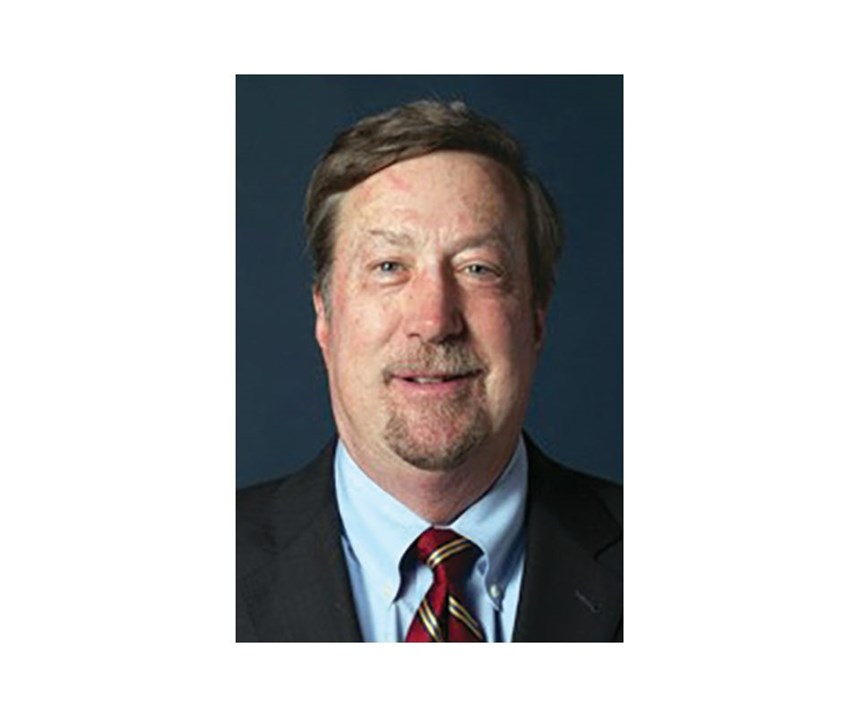2018 Hall of Fame Inductees
Abner Brenner, Dr. George E.F. Brewer, Daniel Brockman, Richard Crain, Pieter de Lange, Ronald Duncan, Dr. Erwin Gemmer, David Marsh and Blair Vandivier were picked by an independent panel of industry executives.
Share
Nine new members have been selected for the Finishing Hall of Fame, a program developed by Products Finishing to recognize those individuals whose contributions to the finishing industry have been significant and impactful.
The Class of 2018 is based on reader nominations and input from a panel of long-time finishing industry members. These inductees will be honored at the NASF Sur/Fin trade show and conference in June:
Abner Brenner (1908-1991), National Bureau of Standards
Brenner’s research in 1946 on the principles of “Nickel Plating on Steel by Chemical Reduction” was considered by the AESF to be one of the most significant discoveries in the history of surface finishing. He authored more than 100 papers and received 30 patents. He also received the Hothersall Medal of the Institute of Metal Finishing (1961), the Scientific Achievement Award and Blum lecturer designation of the AESF (1961), and the Electrochemical Society De Nora Engineering and Technology award (1974).
Dr. George E.F. Brewer (deceased), Scientist, Ford Motor Co.
Brewer conducted the first experiments on anodically electrodepositing paint at Ford in 1959. Four years later, Ford launched the first anodic ecoat production facility. Some may recognize Dr. Brewer’s name because it also appears on the annual award presented by the Electrocoat Association. In 1969, he received the Midgley Award of the ACS Detroit Section for his discovery of the ecoat process, and in 1978 he was given the Chemical Pioneer Award from the Journal of the American Institute of Chemicals for his research in coatings.
Daniel Brockman, Founder, Techmetals
Brockman first learned about electroplating during college in 1968 and began a journey that included founding Techmetals in Dayton, Ohio, in a garage space with wooden floors. Brockman taught himself the vast world of plating science, and combined that with building relationships in business and with people. An innovator who holds numerous plating patents and a recognized author on plating principles, he has been vigilant about environmental integrity and was instrumental in trade associations and educational programs. His company now employs 15 Certified Electroplater–Finishers, four Master Surface Finishers, two resident PhDs, and more than 170 full-time employees.
Richard Crain (1934-2017), Industrial Filter and Pump Co.
Crain provided countless contributions and leadership to the finishing industry and was considered a champion of this industry. After college, he taught high school science for two years before joining Industrial Filter and Pump Co., where he spent 30 years, eventually becoming vice president of sales. Crain then went on to become general manager of Serfilco and executive director of the Metal Finishing Supplier’s Association. He owned three patents in the pollution abatement field.
Pieter de Lange (1922-2013), R&D Manager, DuPont Teodur
A Dutch scientist, de Lange looked into using cleaner industrial coatings instead of existing liquid applications, which were causing environmental concerns. He researched using air to apply coatings instead of solvents, and he combined solid resins, hardeners and color pigments. In 1961, he invented various electrostatic spray gun techniques that are the basis for powder coating applications today. De Lange also developed the process of using heat to melt the powdered compounds, which significantly improved finish consistency, quality and durability. His book, “Powder Coatings Chemistry and Technology,” was considered the premier resource for powder coating knowledge.
Ron Duncan (1945-2006), Technical Director, Palm International
Duncan spent countless hours promoting electroless nickel technology and mentoring many in the industry. He wrote more than 50 papers on topics such as corrosion, coatings and EN, and is the principal author of the chapter on electroless nickel in the book, “Metals Handbook.” Duncan also chaired numerous industry conferences and symposiums. Before joining Palm, he was director of research for Elnic Inc., where he was in charge of EN formulation and materials research. Before ever entering metal finishing, he also spent 12 years in the oil industry with Exxon and Caltex Petroleum, helping to solve materials and corrosion problems. A registered Professional Engineer and certified as a Corrosion Specialist by NACE, he served as the co-technical director of Products Finishing’s Electroless Nickel Conferences, and was the director and principal lecturer at the Electroless Nickel School.
Dr. Erwin Gemmer (deceased), Scientist, Knapsack-Griesheim
Dr. Gemmer was a German scientist who refined the fluidized bed process in powder coatings and received a patent for it in 1953. His use of thermoplastic resins to finish metal surfaces instead of flame spraying, which he started developing in the 1940s, was revolutionary and led to the evolution of the powder coating industry as it is today. His patent stated that “this invention is particularly valuable for and applicable to the production of adherent linings and coatings from high-melting, high-molecular-weight organic polymeric thermoplastic resins such as polyethylene and the linear polyamides generally referred to as nylons.”
David Marsh (1941-2017), Founder, Marsh Plating
As a shop owner, Marsh contributed to the finishing industry in impactful ways, including through technical advancements in racking and material-handling methods. He also implemented chemical and control improvements that afforded significantly better corrosion protection. As the president of a finishing association in the 1990s, Marsh enlisted the cooperation of two other trade association presidents in creating multi-association participation and financial support of a government advisory committee to oversee the national advocacy efforts of the finishing industry. These efforts helped to create a mutually respectful relationship between the U.S. EPA and the finishing industry.
Blair Vandivier, President, Asterion
For his lifetime of service and commitment to the finishing industry, Vandivier in 2016 was named a Fellow by the National Association for Surface Finishing (NASF), which recognizes significant and lasting contributions to the surface finishing industry. In 2008, he received the Silvio C. Taormina Memorial Award, the NASF’s most prestigious individual honor for exemplary service and invaluable contributions. He also has been recognized with the Metal Finishing Suppliers Association’s August P. Munning Award for his years of service and many accomplishments. Vandivier is a former member of the NASF Board of Directors (2012-2015) and served as chairman of its supplier committee (2010-2015), and also is an NASF Order of Past Presidents member.
The biographies of the other 21 Finishing Hall of Fame members also are available at short.pfonline.com/HOF.
Related Content
-
Tin-Zinc Alloy Electroplating and Its Corrosion Behavior
An NASF/AESF Foundation Research Program Retrospective
-
Highlights from SUR/FIN 2023
Products Finishing offers a recap of some of the topics that were top of mind at the SUR/FIN 2023 finishing industry trade show.
-
Practical Observations in Surface Chemistry and Boundary Layer Control to Enable Scalable Electrochemical Operation - The 57th William Blum Lecture
This paper is based on the 57th William Blum Memorial Lecture at SUR/FIN 2023, in Cleveland, Ohio on June 8, 2023, by Dr. Tim Hall, recipient of the 2023 NASF Scientific Achievement Award. It focuses on the practical effects of controlling the boundary and surface chemistry on a wide range of electrochemical applications. After a brief introduction to the concept and principles of surface and boundary layer properties during electrochemical processes, the use of this approach in controlling various physical properties during electroplating and electrochemical finishing is discussed, including controlling coating stress and metal composition, as well as enabling simple water-based electrolytes to polish passive or complex materials.
Related Content
Tin-Zinc Alloy Electroplating and Its Corrosion Behavior
An NASF/AESF Foundation Research Program Retrospective
Read MoreHighlights from SUR/FIN 2023
Products Finishing offers a recap of some of the topics that were top of mind at the SUR/FIN 2023 finishing industry trade show.
Read MorePractical Observations in Surface Chemistry and Boundary Layer Control to Enable Scalable Electrochemical Operation - The 57th William Blum Lecture
This paper is based on the 57th William Blum Memorial Lecture at SUR/FIN 2023, in Cleveland, Ohio on June 8, 2023, by Dr. Tim Hall, recipient of the 2023 NASF Scientific Achievement Award. It focuses on the practical effects of controlling the boundary and surface chemistry on a wide range of electrochemical applications. After a brief introduction to the concept and principles of surface and boundary layer properties during electrochemical processes, the use of this approach in controlling various physical properties during electroplating and electrochemical finishing is discussed, including controlling coating stress and metal composition, as well as enabling simple water-based electrolytes to polish passive or complex materials.
Read MoreSUR/FIN 2023 Registration Is Now Open
The National Association for Surface Finishing SUR/FIN 2023 surface finishing industry trade show will take place June 6-8, 2023 in Cleveland, Ohio.
Read MoreRead Next
Episode 45: An Interview with Chandler Mancuso, MacDermid Envio Solutions
Chandler Mancuso, technical director with MacDermid Envio discusses updating your wastewater treatment system and implementing materials recycling solutions to increase efficiencies, control costs and reduce environmental impact.
Read MoreEducation Bringing Cleaning to Machining
Debuting new speakers and cleaning technology content during this half-day workshop co-located with IMTS 2024.
Read MoreA ‘Clean’ Agenda Offers Unique Presentations in Chicago
The 2024 Parts Cleaning Conference, co-located with the International Manufacturing Technology Show, includes presentations by several speakers who are new to the conference and topics that have not been covered in past editions of this event.
Read More
